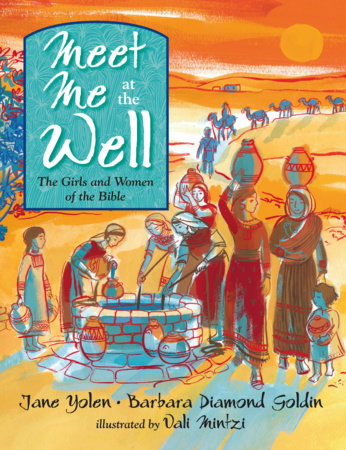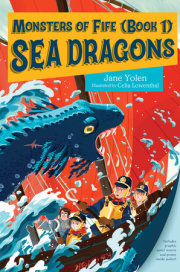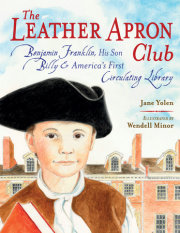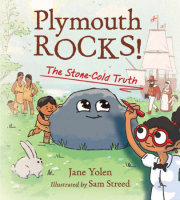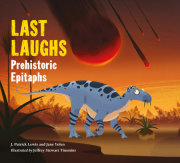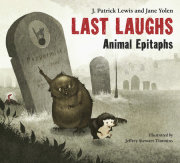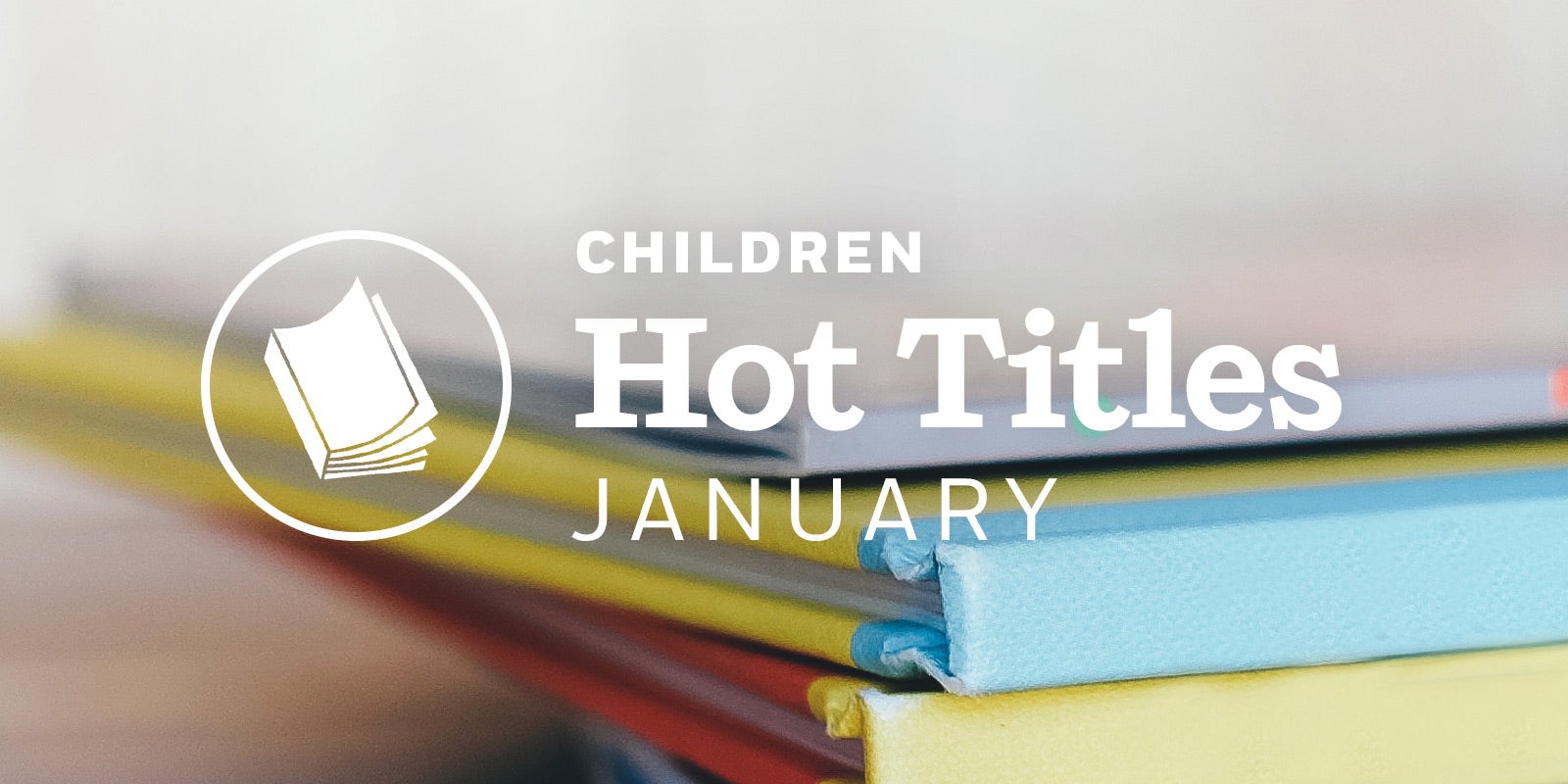A Note from the Authors In this book, when we refer to the Bible, we mean the Hebrew Bible, also known as the Torah, the Pentateuch, or the Old Testament (as it’s often referred to outside of the Jewish community). Many of the girls and women in the Hebrew Bible are strong-willed and tough-minded and demonstrate faith, daring, and endurance. They are also resourceful, courageous, inventive, and smart. These biblical women range from Eve, first woman and first mother; to Deborah, who was a war leader, prophet, and judge in Israel; to Queen Esther, who saved her people.
There are, of course, many other women in the Bible who play smaller roles—women such as Rahav (Rachav), who helped Jewish scouts escape, and the Queen of Sheba, who ran her own country. Many unnamed women can be found in the Bible, too: Noah’s wife; the mother of the Maccabees; and Zelophehad’s five daughters, who, because he had no sons to inherit his land and valuables, helped change inheritance laws. There are also stories in the Bible about “bad” women—wicked queens, spies, seductresses, and courtesans—but this is not a book about them.
Biblical stories often seem to be all about the men. Remember that in biblical times, Israelite society was a patriarchy, which means that almost everything was ruled, owned, and run by men. Land and family riches were handed down from father to son with only a few exceptions. Almost all the charismatic leaders (called judges at that time), prophets who led the people through tangles of moral issues, heads of tribes, kings, generals, soldiers, and priests were men.
Still we must never forget that even in the stories about men, there are women. They are mothers, daughters, sisters, wives. They do a lot of the hard lifting, listening, and reacting. Most often they are part of their father’s or husband’s or son’s narratives, so we must do double-duty in order to both situate the women in and then liberate them from the tellings.
Remember, too, that Bible stories aren’t like modern novels, full of character development, dialogue that moves the story along, and a plot we can recognize. These stories are bare-boned, essentials only, and written for an audience who was used to this kind of storytelling. We won’t see rounded main characters and a reasonable cause and effect in the stories. Finding the cause and effect is left to the reader. These are stories that run both with and counter to history. They make us ask questions, tease out meanings, and find the missing pieces for ourselves as the rabbis and other readers have done for centuries.
We have chosen to retell the stories of fourteen strong biblical women. In each story we begin with a brief overview of the woman (or women) involved, giving the reader a snapshot of who she is and how she fits into history and culture. We attempt to answer the question: What makes this woman a hero of this tale? We then condense the Bible story to concentrate on the woman’s role. If you want to know the larger, longer, and more detailed story, you can use your own Bible, borrow one from a library, or find one on the Internet.
Copyright © 2018 by Jane Yolen (Author); Barbara Diamond Goldin (Author); Vali Mintzi (Illustrator). All rights reserved. No part of this excerpt may be reproduced or reprinted without permission in writing from the publisher.





